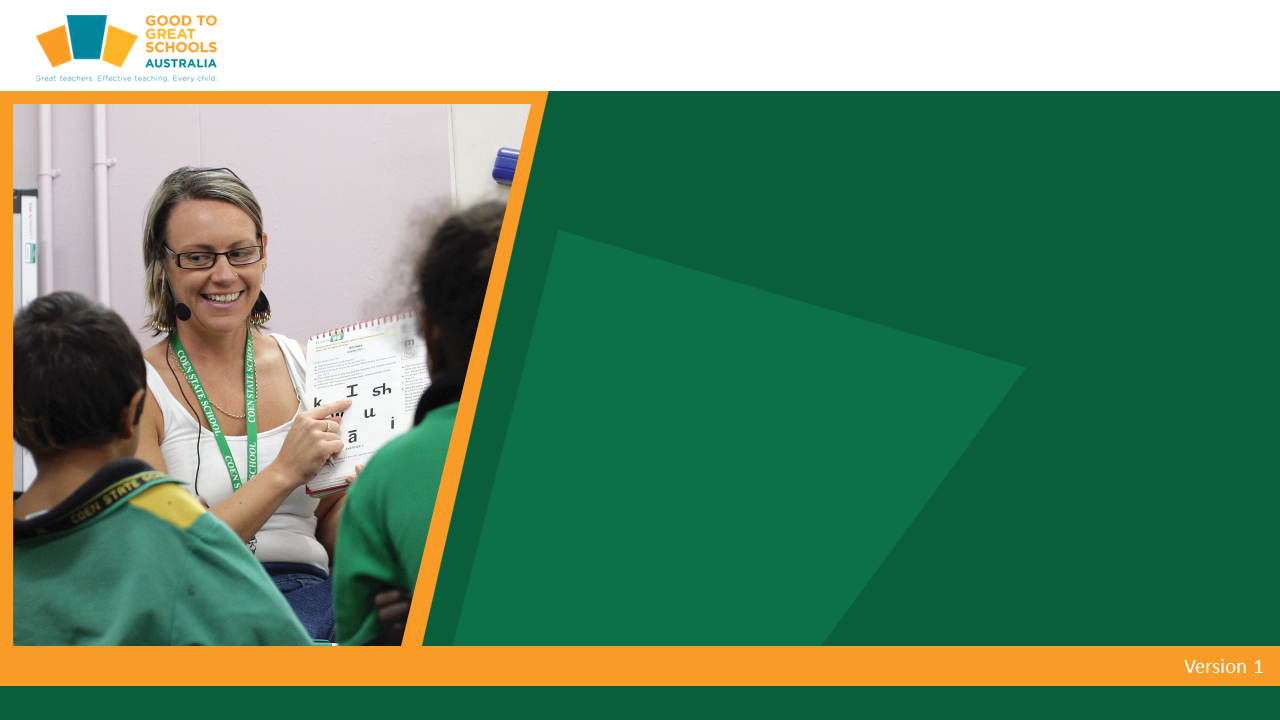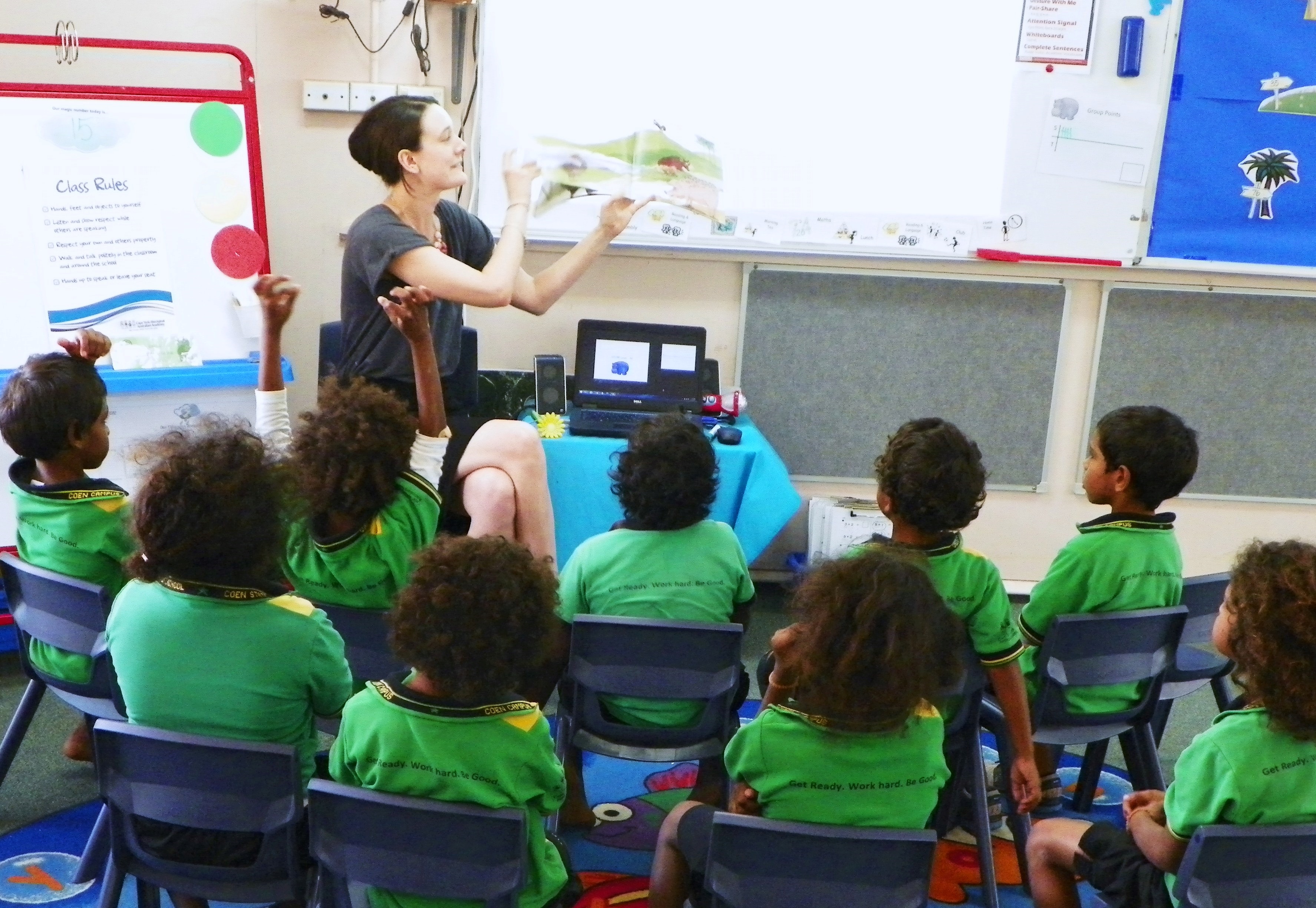Practice Direct Instruction for Special Education
-
Module Introduction2 Topics
-
Delivered With Fidelity16 Topics|2 Tests
-
Cover
-
Module Objective
-
Following a Process When Delivering Special Education
-
Special Education Using Direct Instruction
-
Identify
-
Identify Scenario
-
Adjust
-
Adjust Scenario
-
Video: Carrying Out Diagnostic Testing
-
Video: How to fill out the Individualised Plan
-
Teach
-
Teach Scenario
-
Review
-
Review Scenario
-
Check Your Understanding
-
Test Your Understanding
-
Cover
-
Not Delivered With Fidelity12 Topics|2 Tests
-
Cover
-
What Happens When the Process of Direct Instruction for Special Education is not Delivered with Fidelity
-
The Processes of Identify are not Delivered with Fidelity
-
Scenario – The Identify Steps are not Delivered with Fidelity
-
The processes of Adjust are not Delivered with Fidelity
-
Scenario – The Adjust Steps are not Delivered with Fidelity
-
The Processes of Teach are not Delivered with Fidelity
-
Scenario – The Teach Steps are not Delivered with Fidelity
-
The Processes of Review are not Delivered with Fidelity
-
Scenario – the Review Steps are not Delivered with Fidelity
-
Check Your Understanding
-
Test Your Understanding
-
Cover
-
Barriers That Impede Fidelity8 Topics|2 Tests
-
Cover
-
Barriers That Impede Applying the Processes of Direct Instruction for Special Education with Fidelity
-
Using Deductive Logic to Identify the Cause of the Barrier
-
Not Understanding Why the Process is Required
-
Not Knowing How to Do the Process
-
Not Seeing the Value in Doing the Process
-
Check Your Understanding
-
Test Your Understanding
-
Cover
-
Removing Barriers That Impede Fidelity7 Topics|2 Tests
-
Module Completion Survey1 Topic
Special Education Using Direct Instruction
ddewell@goodtogreatschools.org.au February 29, 2024

Special Education Using Direct Instruction
Students with a disability require a special education approach that is individually planned, specialised, intensive, goal-directed instruction. Special education is best delivered with highly structured, explicit, validated programs that maximise a student’s progress and minimise misinterpretation of information being taught.
Direct Instruction programs are the most effective programs for students across the spectrum of learning capabilities including those with low-incidence disabilities. They show clear evidence of their efficacy with some studies showing students with IQs in the 30 to 50 range learned to read and master language skills. Students with more severe disability also mastered content at high levels.

Direct Instruction is a school-wide literacy and numeracy program that can be easily adjusted to meet any student’s special needs. Direct Instruction is suited to students with special needs as its core philosophy is that all students can be taught and can make academic progress. Further, all teachers can be successful with special needs students if provided with adequate training and materials.
Direct Instruction enables students across learning capabilities to be in the same classroom at the same time working at their individual performance level. This means that students with special needs are continually exposed to high levels of language, the positive classroom culture and the positive learning behaviours of their peers.
Adjustments for students with a disability do not alter what the student is expected to do as they are expected to meet the same overarching grade-level expectations set out in the curriculum as their general population peers.
Adjustments for students with disabilities focus on how they access the curriculum. For example, changes to the strategies may involve changing the amount of time the student is given to complete a task, reworking the task sequence or reducing the size of the task, oral assessments and additional scaffolding.

